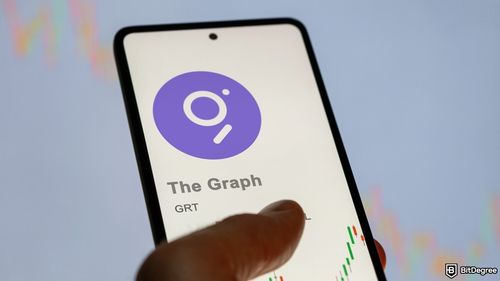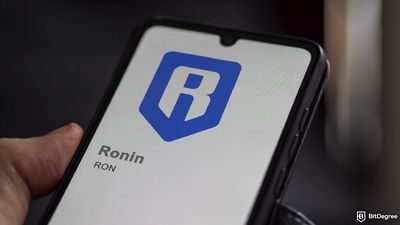The Graph
Known as GRC-20, this standard proposes a method for organizing, interlinking, and distributing data across decentralized applications (DApps). A blog post on The Graph’s site, connected to a Graph Improvement Proposal by developer Yaniv Tal, outlines the specifics of this initiative.
The groundwork for GRC-20 starts from Tal’s earlier discussions on knowledge graphs, introduced in June. As the blog elaborates, knowledge emerges when data is categorized and linked. By capturing these relationships, knowledge graphs become crucial in achieving a more integrated understanding of information.

Did you know?
Want to get smarter & wealthier with crypto?
Subscribe - We publish new crypto explainer videos every week!
What is a Cryptocurrency: For Beginners (Animated Explainer)


Replacing the Resource Description Framework (RDF), a long-standing data model under the World Wide Web Consortium, is at the heart of the GRC-20 proposal. RDF has shown limitations in addressing the demands of Web3 environments. The Graph emphasizes that GRC-20 aims to establish a universal framework for data interpretation.
The GRC-20 standard revolves around three fundamental principles: grouping data into Spaces, representing individual elements through Entities and Relations, and defining structure using Types.
The Graph has developed into a global system of application programming interfaces (APIs), referred to as subgraphs. These APIs support DApps and smart contracts by enabling seamless data retrieval.
By leveraging its infrastructure, The Graph claims to greatly reduce the development time for DApps. Its ecosystem is incentivized through Graph tokens, rewarding contributors to the network.
Currently, over 70 blockchains are indexed by The Graph, showcasing the scale and potential of its operations.
As Web3 technologies continue to evolve, their impact is felt far beyond decentralized data. For example, Mastercard and JPMorgan made headlines by teaming up to explore blockchain-based payment solutions. How will this partnership reshape the finance sector? Read the full story.





















